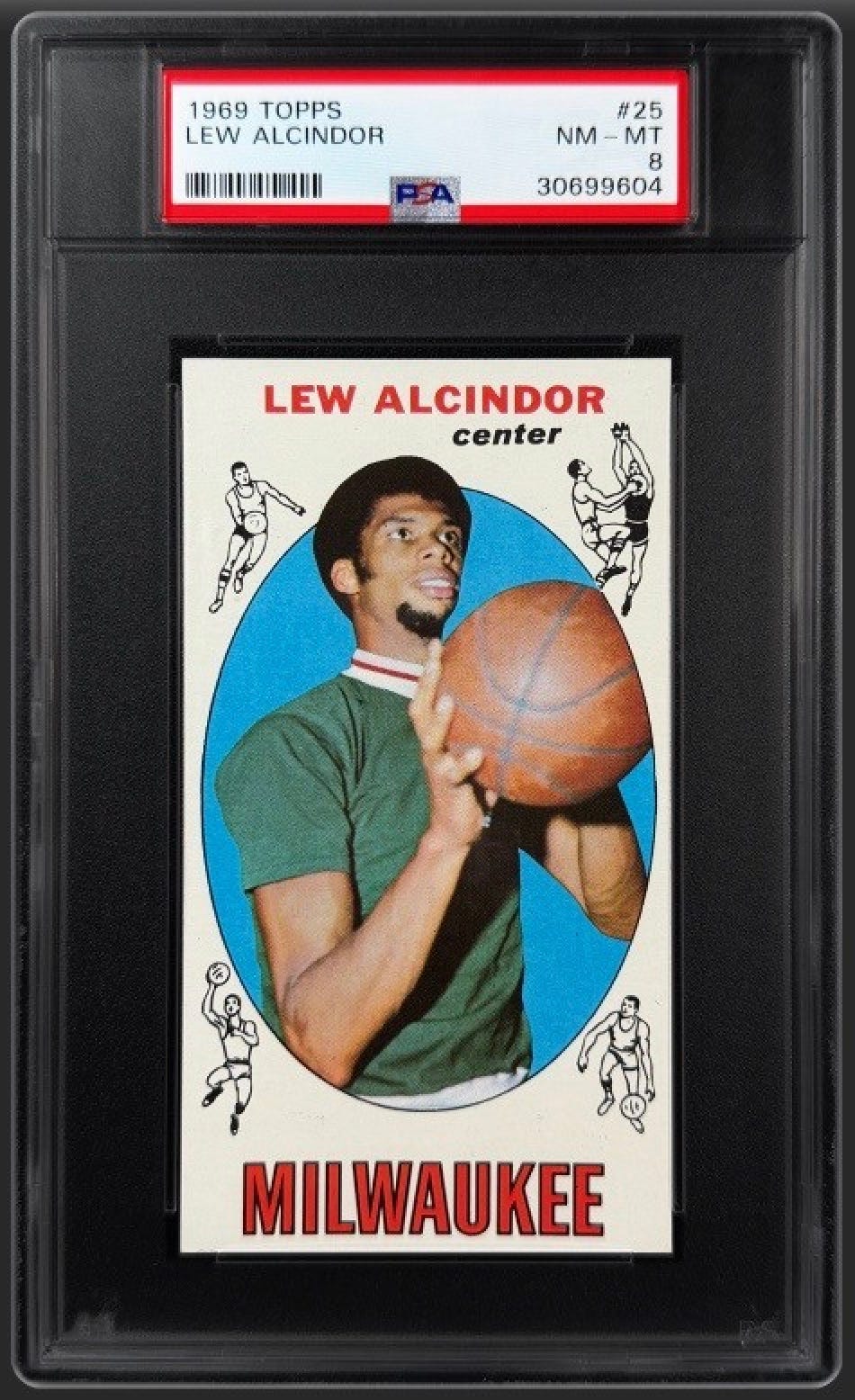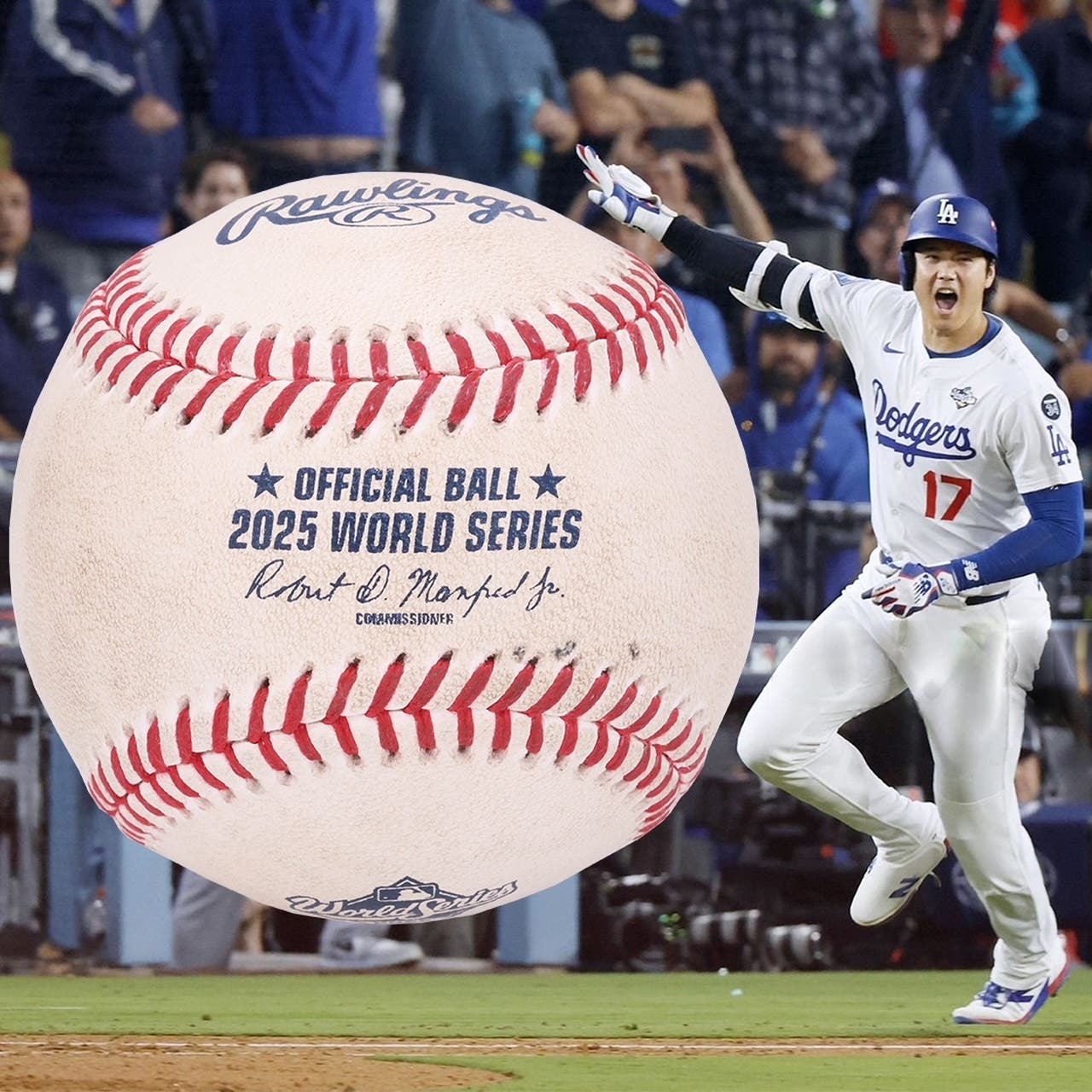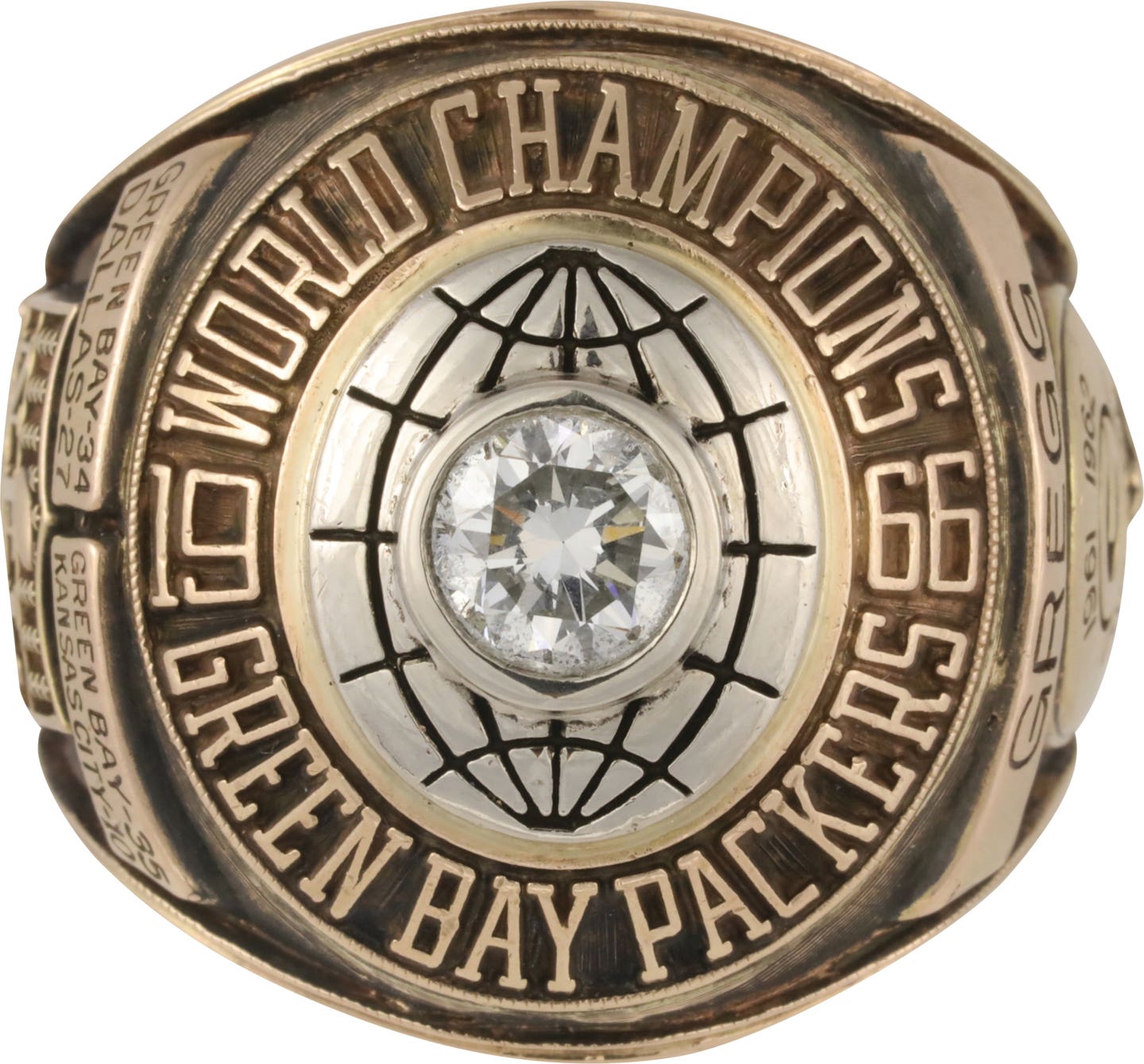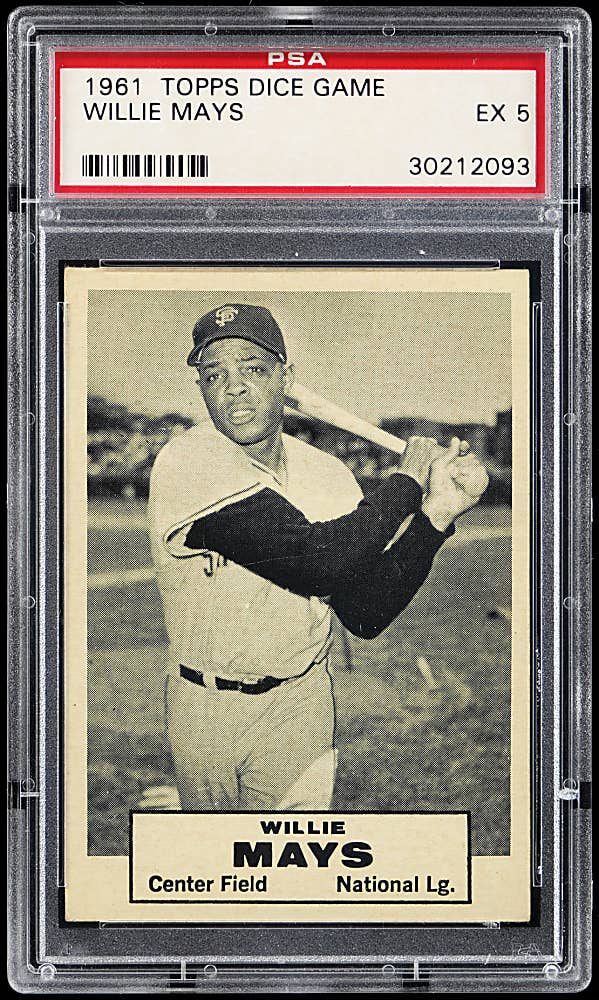Collecting 101
Estimating the rookie-card rule impact
Almost lost in the hustle and bustle of last month’s Donruss-is-out-of-baseball bombshell was a key ingredient in the new formula that is supposed to help bring the baseball card market back to health.
The new rookie-card scenario described by the MLBPA would allow Topps to continue putting minor leaguers into Bowman products, but only as insert cards, a subtle but significant change that would prevent them from being labeled rookie cards by the price guides. Rookie cards have historically been part of the main set, and that stipulation is far too ingrained in hobby lexicon to change now.
And all “rookie cards” – rookie cards being defined as base set cards from the first season in which a player is called up to his major-league team – will receive a rookie-card logo that consumers will be taught to look for beginning with all 2006 sets.
What will likely determine the success of this new program will be how hobbyists react to the change in policy. A Bowman minor leaguer was a rookie card this year, but it won’t be next year. On the surface, that’s confusing, but it doesn’t have to be. In fact, in many ways, the new system is less confusing than its predecessor.
“Most important is that when a player is first playing in the majors, that’s his rookie-card year,” said Kerri Stockholm, UD’s senior sports marketing manager. “That makes sense to everybody – collectors who have been at this for years and years, and newcomers as well.
“We’re extremely optimistic and excited about this opportunity, an opportunity to have really big years like we did in 2001 (Ichiro and Albert Pujols’ rookie-card seasons), and like football did last year with Roethlisberger, and basketball the season before that with LeBron and Carmelo Anthony.”
Upper Deck staffers are understandably and openly elated with this new format. They believe there won’t be confusion because going forward, the price guides will help clarify the new rules. “What’s going to happen is consumers are going to see the magazines with the RC (rookie card) label, and that’s going to be the driver,” said Joe Fallon, director of sports product development for Upper Deck. “The shop owners can explain it all day long, but in the end, a consumer is going to be looking at a magazine and looking for the RC.
When the RC (label) lines up with that rookie-card logo, it’s going to be a great thing.”
Tuff Stuff baseball pricing analyst Joe Clemens said the new system could provide the best of both worlds. He said the Topps minor-leaguer insert cards should be desirable, and very valuable if they’re signed. At the same time, there should be a newfound rookie-card surge in a player’s rookie season when he gets called up, and that’ll help everybody involved, including Topps.
“These changes will result in current rookies driving current products,” Clemens said. “If Rickie Weeks’ rookie cards were just now appearing in later-issue 2005 products, there would be a surge in demand for products with his current rookie cards.
“There will be some demand for these Bowman inserts, since they will be many players’ first cards, and especially if they’re autographed. Miguel Cabrera’s 2000 Topps Traded and Rookies Autograph is his most hotly pursued card and is currently valued at $450. But there will still be a rookie-card chase as players reach the major leagues under the new format.”
Topps certainly hopes Clemens’ educated guess is accurate, that it will be the best of both worlds for the Bowman brand.
“We feel strongly that our Bowman brand is going to be as strong, if not stronger, than ever,” said Warren Friss, Topps VP-General Manager/Sports. “It will continue to be the ‘Home of the Rookie Card.’ It will have not only major-league rookies, we will also have non 25-man-roster players in the Bowman products, and it’ll be up to the industry to decide how they treat them, what they’re called and their value.
“But it’s our belief that they will continue to be valuable, regardless of what they’re actually titled (RC or not). We’re looking forward to the next baseball season and our Bowman products will again be great.”
Friss didn’t speculate on how deep the minor-league player checklist would be, but it will almost certainly be smaller than the 170-plus minor leaguers Bowman has had the past few years.
“We will probably cut down on the number of non 25-man-roster players we use, particularly because we will only be using them in Bowman,” Friss said. And Topps will continue to try to get as many autographs as possible of these young players. “It continues to be important,” Friss said. “Collectors love that, and we’re going to continue doing it.”
There is one dark cloud in this sunny forecast – the fact that for the next couple years, there are going to be fewer rookie cards than usual because Topps has already produced Bowman/etc. cards for most of the players who will arrive at The Show in the next couple seasons. But starting in two or three seasons, “We are optimistic that the 2001 baseball card season with Pujols and Ichiro will be every year,” Fallon said.
That was the goal. If baseball cards are ever going to get back where they were in previous decades, the system needs to work.








